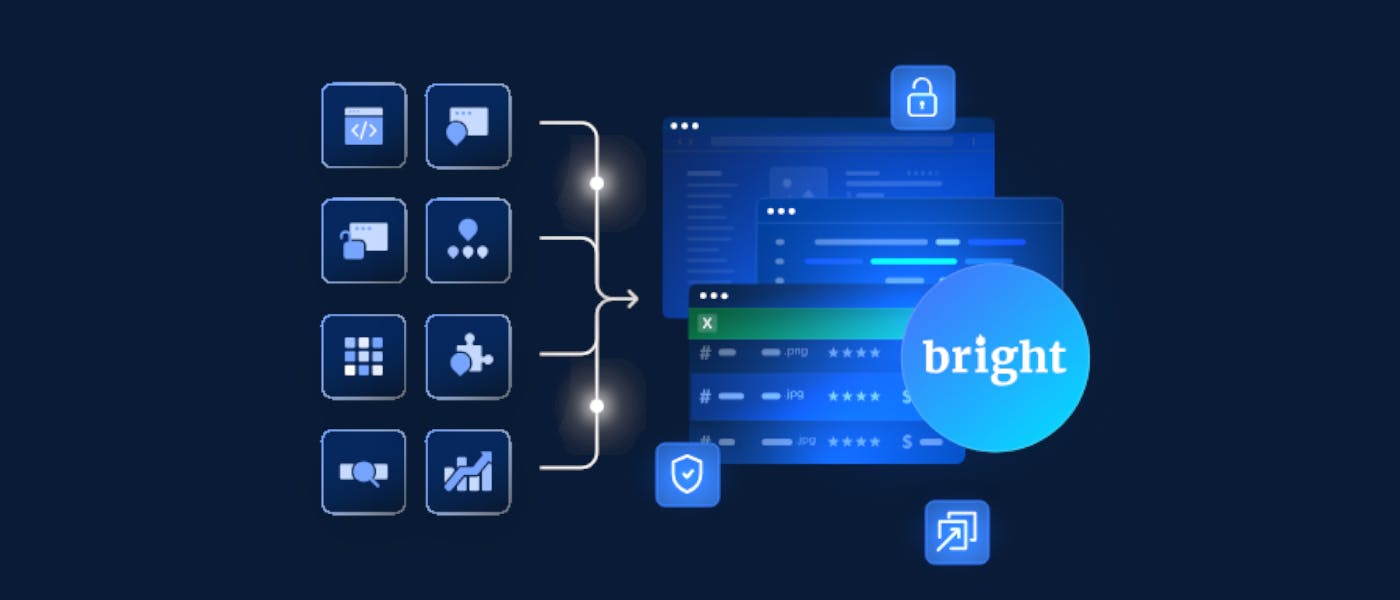You may think of operating systems as something you install once and leave on a hard drive. But not every OS needs to tie itself down to a machine. Portable operating systems are designed to run directly from a USB stick, external drive, or even a CD. They boot up quickly, don’t require installation, and often weigh in from a few megabytes up to a few hundred megabytes.
Setting up a portable OS is easy. First, download the ISO image of the system you want to try. Then, use any good tool to write the image to a USB stick. From there, restart your computer and select the USB drive from the boot menu, and you’ll soon be inside a fresh operating system.
So if you want flexibility, a rescue tool, or simply a way to breathe new life into older hardware, you should consider these lightweight live systems.
Tiny Core Linux
Minimalism at its finest
If there’s one distribution that shows just how small an operating system can get, it’s Tiny Core Linux. The command-line-only Core edition is only about 17MB to download, while the TinyCore edition with a minimal GUI comes in at around 23MB. Even the larger CorePlus installer image is still just a couple of hundred megabytes, which feels tiny compared to almost any mainstream distro.
Despite the small footprint, Tiny Core is designed to run straight from RAM. The GUI version can get by with as little as 46MB of memory, and the barebones (micro) Core edition needs even less. That makes it boot lightning-fast and leaves plenty of room for actual applications, even on old or resource-strapped hardware.
Download: Tiny Core Linux
Puppy Linux
Small but surprisingly complete
Well, Puppy Linux isn’t like most other distros. To start with, it isn’t just one single distribution but a collection of them, all sharing the same philosophy. The goal is to provide consistent behavior and features, no matter which “flavor” you choose. Official Puppy Linux distributions are maintained by the core team and built with a tool called Woof-CE. Then there are “Woof-built” variants, tailored with specific needs in mind. Finally, the community creates its own spin-offs, known as puplets, which can be non-English versions or specialized editions for niche uses.
While Tiny Core strips everything down to the bones, Puppy Linux takes a more well-equipped approach. It ships with a full setup, including a desktop environment, browser, media player, and a range of everyday tools, all ready to use right out of the box. Different puplets are built from Debian, Ubuntu, Slackware, or Void bases, and the community offers flavors like BookwormPup, FossaPup, Slacko, and BionicPup, each with its own strengths.
Size depends on the flavor, but most hover well under 500MB, making Puppy small enough to carry anywhere yet flexible enough to feel like a full desktop.
Download: Puppy Linux
Porteus
Fast, modular, and modern
Porteus is a Slackware-based Linux distribution designed for portability. It offers relatively modern desktop environments (KDE Plasma, Xfce, LXQt, MATE, etc.), giving you a more polished interface out of the box than some ultra-minimal systems.
One of Porteus’ standout features is its modular design. Instead of relying on a traditional package manager, you download modules for the software you want and activate them instantly, making the system both fast to boot and extremely flexible. There’s also a “copy2ram” option, which loads the entire system into memory for lightning-fast performance once running.
In terms of size, Porteus aims to keep its desktop ISOs under about 300 MB, with the minimal Kiosk edition dropping as low as 80MB. Memory requirements vary depending on the flavor: lightweight desktops like LXQt, MATE, or Xfce need only around 256MB of RAM (or 512MB in copy2ram mode), while KDE benefits from at least 512MB, or closer to 768MB if you want the full copy2ram experience. If you only need the command line, Porteus can run in as little as 36–40MB of RAM.
Download: Porteus
Slax
A pocket-sized desktop
Slax calls itself “your pocket operating system,” and that tagline still holds true. At around 275MB, it’s light enough to carry on a USB stick but polished enough to serve as a day-to-day rescue or portable desktop. What makes Slax a little unusual is that it comes in two different flavors:
- Slackware-based Slax stays closest to the project’s roots. It uses a modular design where you load software as individual modules instead of relying on a package manager. This version is lean and flexible, staying true to Slax’s original philosophy of portability and customization.
- Debian-based Slax is geared more toward convenience. Since it supports the APT package system, you can install thousands of applications with familiar commands. This makes it friendlier if you just want things to work without extra tinkering.
Both editions share the same spirit of a minimal, portable Linux that doesn’t feel stripped bare. You can boot into the desktop with as little as 128MB of RAM, though you’ll want about 512MB if you plan to browse the web or use Slax’s “copy to RAM” feature, which lets you remove the boot media once the OS is loaded.
Download: Slax
Chrome OS Flex
Beyond Linux
Not every portable OS is Linux-based, but there are several excellent options. For instance, Chrome OS Flex (formerly CloudReady) offers a cloud-first experience designed to revive older PCs and Macs. Google positions it as a way to extend the life of old hardware, provided it meets the minimum requirements of at least 4GB of RAM, 16GB of internal storage, and an Intel or AMD x86-64 processor.
Google maintains a list of certified models for the smoothest performance, but ChromeOS Flex can still run on many uncertified devices with varying results. If you spend most of your time in the browser and rely heavily on Google services, it delivers a lightweight, familiar environment.
Download: Chrome OS Flex
The beauty of keeping it light
These portable operating systems may not replace a full desktop OS for everyone, but they serve unique purposes that heavier systems simply can’t match. They’re lightweight, flexible, and powerful for their size. Many of them even let you run in what’s called “persistent mode,” where your files and settings are saved right on the USB or drive itself.
And because they don’t require installation, there’s little risk in trying them out. All you need is a USB stick and a bit of curiosity.













